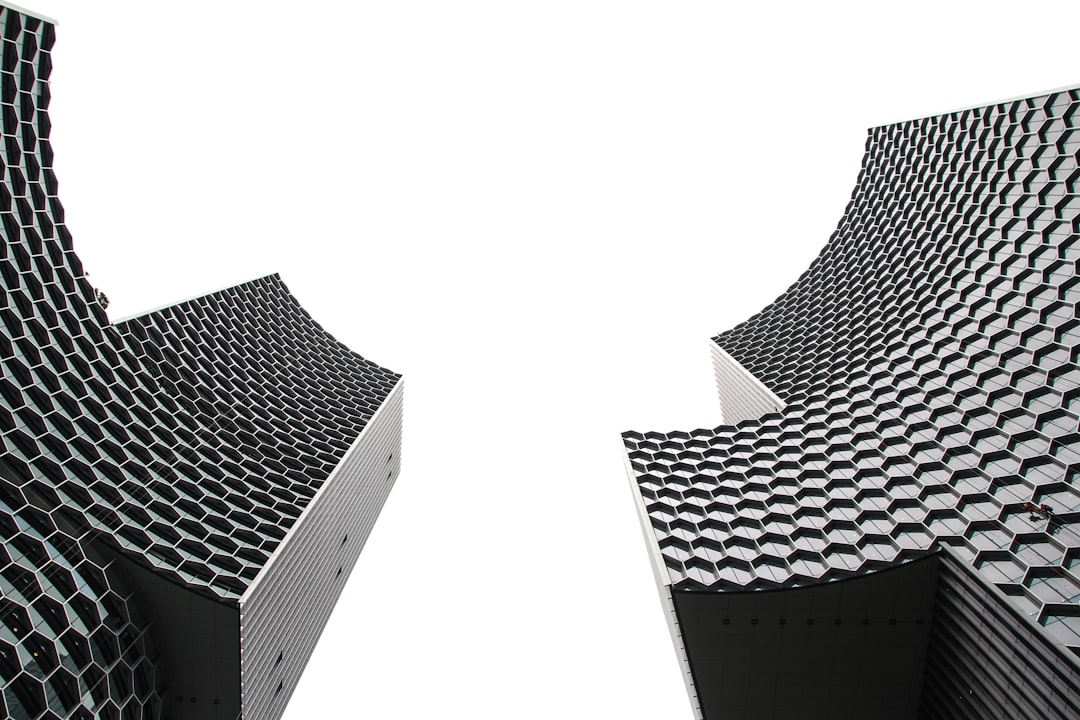body {
font-family: sans-serif;
line-height: 1.6;
}
h1, h2, h3 {
color: #333;
}
img {
max-width: 100%;
height: auto;
}
The world of steel manufacturing is undergoing a significant transformation, driven by the advancements in nanotechnology. Nanomaterials, with their unique properties stemming from their incredibly small size, are revolutionizing steel surface treatments, leading to enhanced performance, durability, and sustainability. This post delves into the fascinating applications of nanotechnology in improving the properties of steel surfaces.
Enhanced Corrosion Resistance through Nanocoatings
Corrosion is a significant concern for steel structures, leading to significant economic losses and safety hazards. Traditional methods of corrosion protection often involve bulky coatings that can be less durable and environmentally unfriendly. Nanotechnology offers a solution through the development of incredibly thin yet highly effective nanocoatings. These coatings, often composed of nanoparticles of materials like zinc oxide, titanium dioxide, or graphene, create a dense barrier that prevents the penetration of corrosive agents like oxygen and moisture. The high surface area of nanoparticles ensures a strong adhesion to the steel substrate, resulting in superior protection compared to conventional coatings. Furthermore, some nanocoatings exhibit self-healing properties, repairing minor scratches and imperfections, thus maintaining long-term protection.
Improving Wear Resistance with Nanocomposites
Steel components in various industries, such as automotive, aerospace, and manufacturing, are subjected to significant wear and tear. Nanotechnology offers a pathway to improve wear resistance by incorporating nanomaterials into composite coatings. These nanocomposites can be tailored to specific applications, combining the strength of steel with the enhanced wear resistance of nanoparticles like carbon nanotubes, ceramic nanoparticles, or diamond-like carbon. The incorporation of these nanomaterials modifies the microstructure of the coating, resulting in increased hardness, toughness, and friction reduction, extending the lifespan of steel components significantly.
Enhancing Surface Hardness and Strength with Nano-Indentation
Nano-indentation is a powerful technique that utilizes a tiny indenter tip to measure the mechanical properties of materials at the nanoscale. This allows for precise control over the surface modification of steel, leading to enhanced hardness and strength. By carefully controlling the indentation parameters, the surface layer of steel can be modified to create a harder, more wear-resistant surface. This technique can be combined with other nanotechnology-based surface treatments, further enhancing the overall performance of the steel component. The localized nature of nano-indentation allows for targeted surface modification, making it ideal for applications requiring specific surface properties.
Self-Cleaning and Anti-Fouling Properties with Nanostructured Surfaces
In certain applications, steel surfaces are prone to fouling, the accumulation of unwanted substances like microorganisms or organic matter. Nanotechnology provides a solution through the development of nanostructured surfaces with self-cleaning and anti-fouling properties. These surfaces, often created using techniques like sol-gel processing or chemical vapor deposition, incorporate nanoparticles with superhydrophobic or superhydrophilic properties. Superhydrophobic surfaces repel water and other liquids, preventing the adhesion of contaminants, while superhydrophilic surfaces promote easy cleaning through rapid water drainage. This is particularly relevant in applications like marine structures, medical implants, and food processing equipment.
The Future of Nanotech in Steel Surface Treatments: Emerging Trends
The field of nanotechnology in steel surface treatments is constantly evolving. Emerging trends include the development of multi-functional nanocoatings that combine corrosion resistance, wear resistance, and self-cleaning properties. Research is also focusing on the use of environmentally friendly nanomaterials and sustainable manufacturing processes. Furthermore, advancements in characterization techniques at the nanoscale are providing a deeper understanding of the interaction between nanomaterials and steel surfaces, leading to the design of even more effective surface treatments. The integration of artificial intelligence and machine learning is also expected to play a significant role in optimizing the design and application of nanotechnology-based surface treatments in the future.
The application of nanotechnology in steel surface treatments offers a wide array of benefits, leading to improved performance, durability, and sustainability. As research continues, we can expect even more innovative applications of nanomaterials in enhancing the properties of steel, creating a stronger, more resilient, and environmentally friendly future for this vital material.
SEO Tags:
#nanotechnology #steel #surface treatment #corrosion resistance #wear resistance




